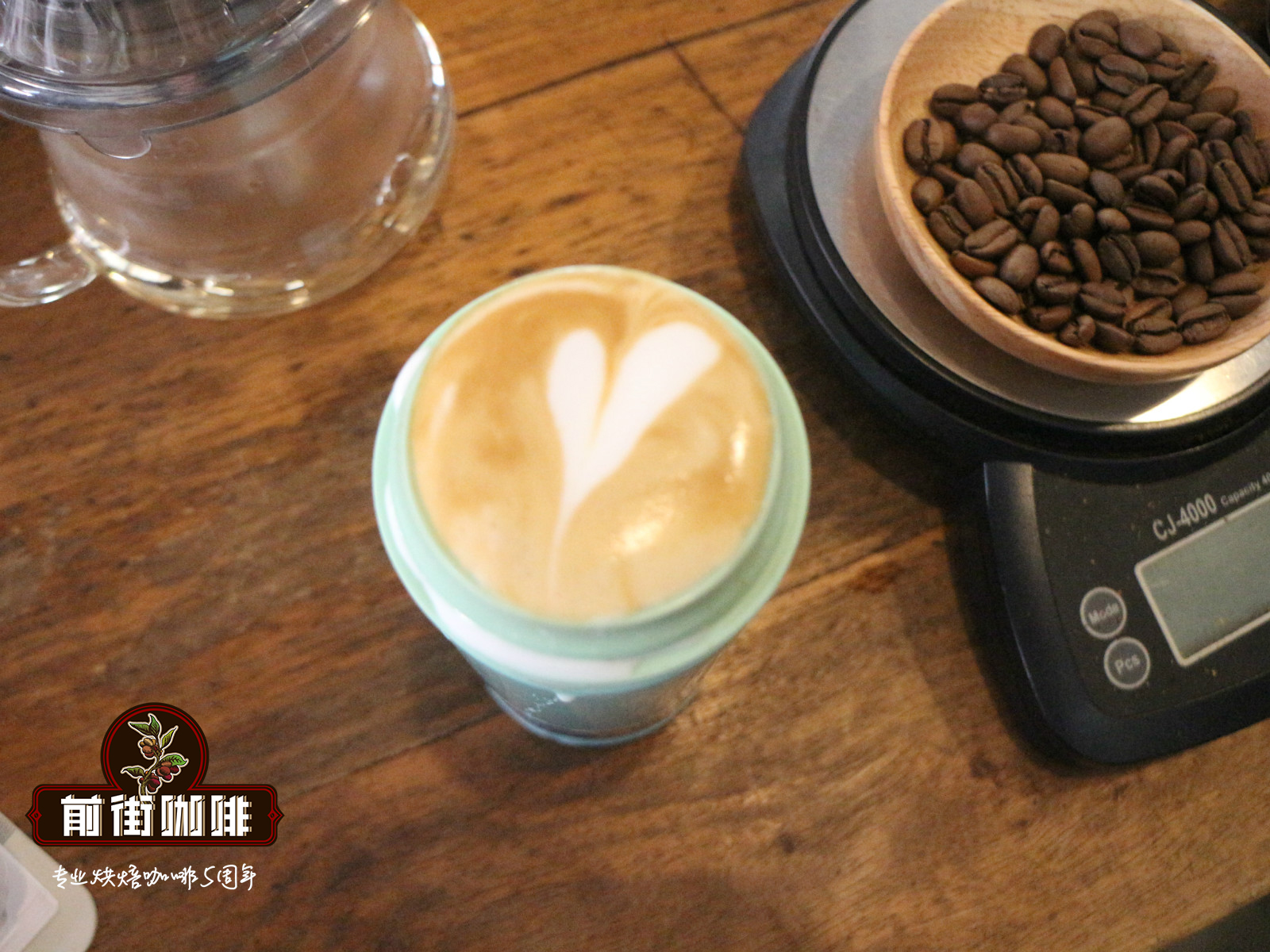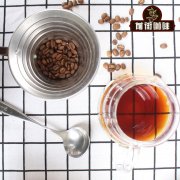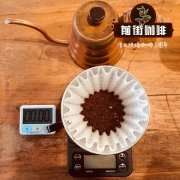Introduction to the treatment of mature coffee on Brazilian trees. What are the characteristics of drying on trees?

Professional coffee knowledge exchange more coffee bean information please follow the coffee workshop (Wechat official account cafe_style)
Ripe KANJUKU on BRAZIL tree
Letting the coffee fruit dry on the tree is a great burden on the coffee tree.
But deliberately postpone the harvest.
It can increase the sweetness and taste of the coffee.
Country: Brazil
Origin: Minas Gerais (Minas Gerais), Hirado (Cerrad)
Variety: Mondonovo (Mundo Novo), Kaduai (Catuai)
Altitude: 1300 m
Treatment: insolation (drying on trees)
Grade: 17-18 mesh or above
Flavor: the unique sweet aroma and nutty flavor of Brazilian sun beans
Occasionally there is a sweet red wine, solid taste, obvious sweetness, clean and no miscellaneous taste.
Baking degree: ★★★☆☆ city
Acid: ★☆☆☆☆
Sweet: ★★★★☆
Bitter: ★☆☆☆☆
Thick: ★★★★☆
Hierarchy: ★★★☆☆
[flavor description]
Nutty, milky flavor.
The taste is strong and round, with obvious sweetness.
Let the coffee beans be treated in the sun directly after they are fully ripe on the tree.
Coffee beans continue to absorb nutrients while in the sun.
Let coffee beans have a strong and clean flavor, with a unique aroma of Brazilian origin.
[packing method]
Special paper bean bag
[suggested rush method]
1. When using the Mingmen 2 filter, measure two flat tablespoons of coffee beans (one spoon is about 12g) and flush the coffee liquid of 240cc.
two。 When using the Mingmen four-person filter, measure four tablespoons of coffee beans (one spoon is about 12g) and flush the coffee liquid of 480cc.
* the ratio of powder to water is about 1:10
The ripening of coffee fruit is not formed together, but from the upper part of the tree to the lower part.
So wait for the lower part to mature before harvesting. As a result, the fruit of the upper part of the coffee appears as the fruit of dried raisins on the tree.
And the lower part is usually harvested after ripening. The upper fruit is insolated and the lower fruit is washed.
Environmental characteristics: the rainy and dry seasons in Minas Sirado are very obvious, and it will not rain during the harvest period.
As a result, the coffee fruit will not be affected by rain when it is dried on the tree after ripening, and there is little risk of falling or smelly medicine and smelly fermentation.
END
Important Notice :
前街咖啡 FrontStreet Coffee has moved to new addredd:
FrontStreet Coffee Address: 315,Donghua East Road,GuangZhou
Tel:020 38364473
- Prev

Finca Pacamaral Legend of Pacamaral Manor in Guatemala _ is Pacamara good?
For more information about coffee beans, please follow the Coffee Workshop (official Wechat account cafe_style). Pacamaral Manor is located on an extinct volcano in the Pueblo Nuevo Vias,SantaRosa area, about 56km from Guatemala City, the capital. The estate was bought by the current owner in 2012, when Pacamaral
- Next

The Panamanian coffee tradition and the boutique coffee producing areas that are familiar to the public are mostly from Bogut.
Professional coffee knowledge exchange more coffee bean information please follow the coffee workshop (Wechat official account cafe_style) Panama Hartman Manor Panama Hartmann Estate mentioned the Panamanian coffee tradition, the public are more familiar with the boutique coffee producing areas are mostly from Boquete, but in recent years, Volcan coffee growing in the boutique market
Related
- Detailed explanation of Jadeite planting Land in Panamanian Jadeite Manor introduction to the grading system of Jadeite competitive bidding, Red bid, Green bid and Rose Summer
- Story of Coffee planting in Brenka region of Costa Rica Stonehenge Manor anaerobic heavy honey treatment of flavor mouth
- What's on the barrel of Blue Mountain Coffee beans?
- Can American coffee also pull flowers? How to use hot American style to pull out a good-looking pattern?
- Can you make a cold extract with coffee beans? What is the right proportion for cold-extracted coffee formula?
- Indonesian PWN Gold Mandrine Coffee Origin Features Flavor How to Chong? Mandolin coffee is American.
- A brief introduction to the flavor characteristics of Brazilian yellow bourbon coffee beans
- What is the effect of different water quality on the flavor of cold-extracted coffee? What kind of water is best for brewing coffee?
- Why do you think of Rose Summer whenever you mention Panamanian coffee?
- Introduction to the characteristics of authentic blue mountain coffee bean producing areas? What is the CIB Coffee Authority in Jamaica?

